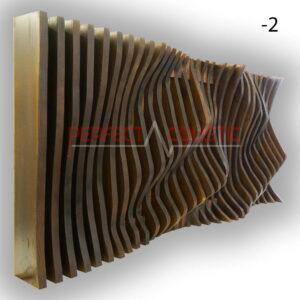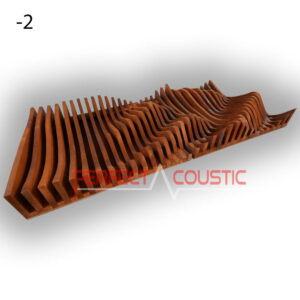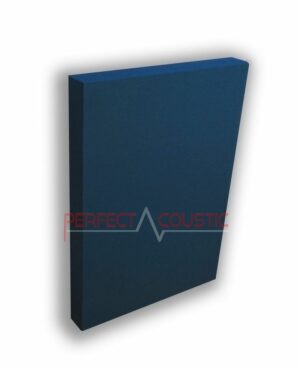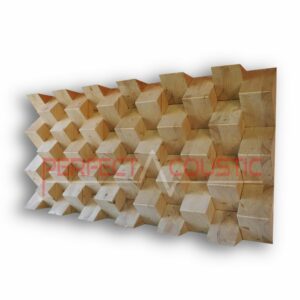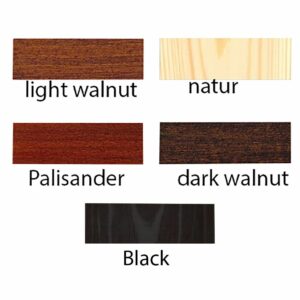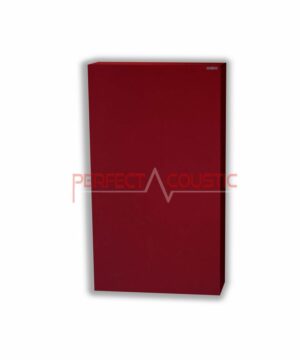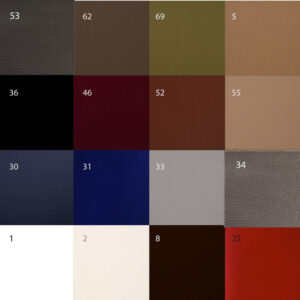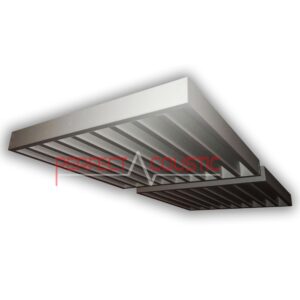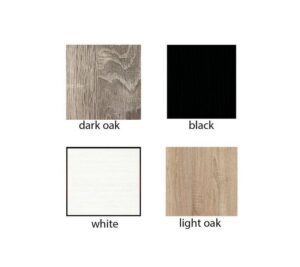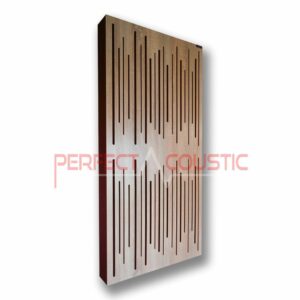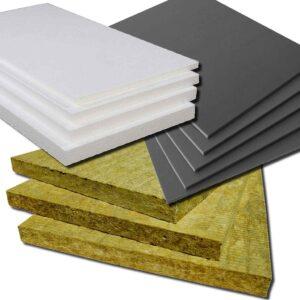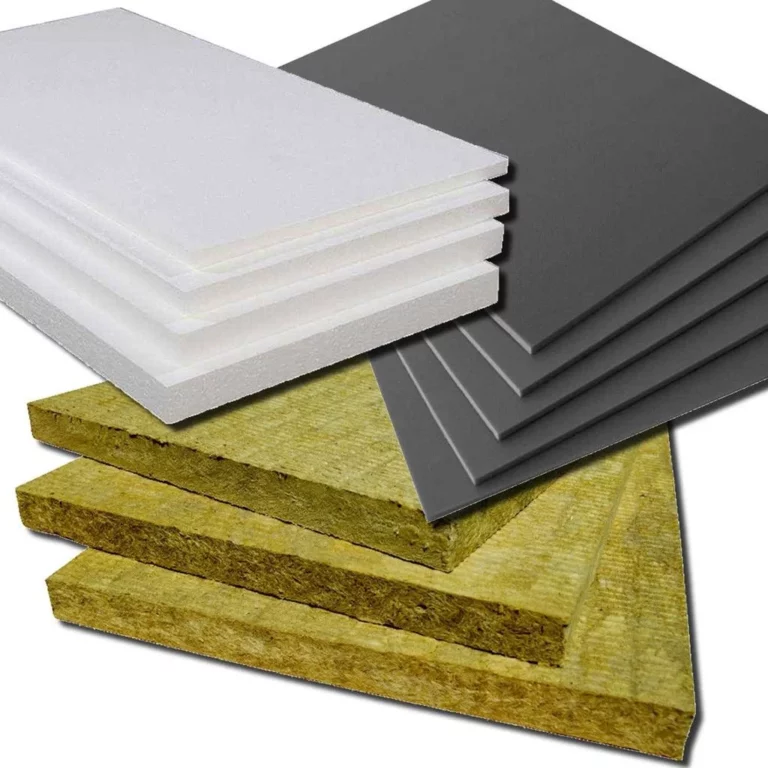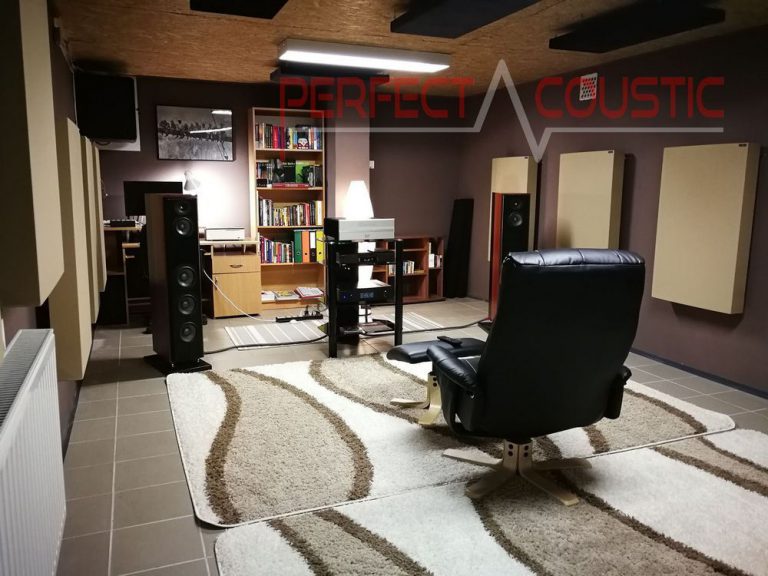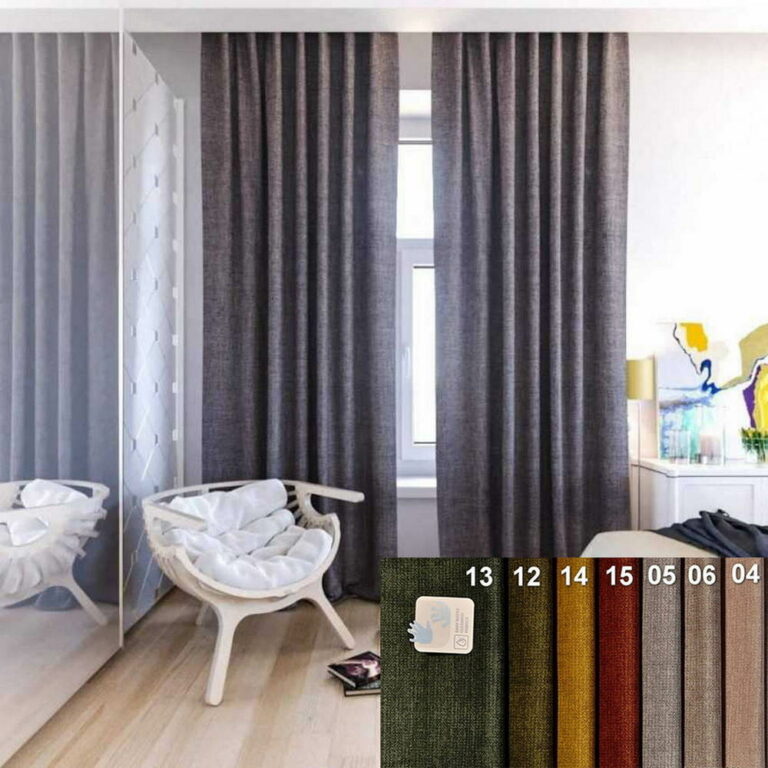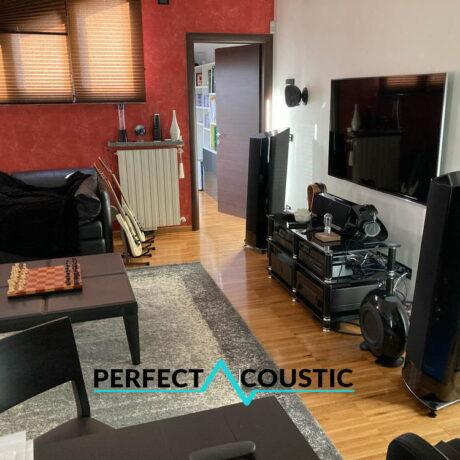Acoustic terms
Acoustics is a science dealing with sound waves, their motion, and speed. During acoustic treatment, we may come across concepts that are not fully understood by everyone. We’ve put together some important acoustic terms to explain exactly what it means.
-
Parametric Wall Art Panel (Diffuser)327 € – 426 € +Vat
-
Bass acoustic wall panels with double leather membrane83 € – 260 € +Vat
1. Echo
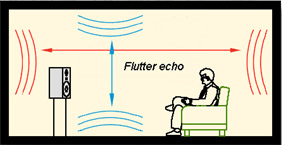
Sound reflected the place of origin and re-perceived there. If you shout out loud at a certain distance from a wall or point, or after another sound source, the sound will come to the wall and be reflected from it, so that the sound can be heard again at the source.
In large halls, churches, and theaters, echoes often occur (due to poor acoustics). In smaller, enclosed spaces, the sound reflected from the walls returns to the sound source so quickly that it amplifies the original sound. If the resulting resonance of the walls is too strong, it may interfere with speech or singing. To reduce the resonance caused by the walls, sound-absorbing acoustic panels, acoustic curtains, and carpets can be used.
-Rattle echo
A series of consecutive and gradually fading echoes create a rattle-like sound effect. It occurs in an enclosed space when the walls facing each other are not acoustically damped to varying degrees. It causes the biggest acoustic problem for smaller, rectangular rooms.
2. Reverberation time
The reverberation time (RT60) is the time during which the sound fades in the room – more precisely, it decreases by 60 decibels. The echo is caused by sound waves reflected from different surfaces, and the larger the echo, the longer the sound remains audible. A shorter reverberation time indicates that the sound is being absorbed by something without greater reflection.
When treating a room acoustically, consider the reverberation time. For the most accurate result, it is worth taking measurements, but you can also hear with your ear whether the echo is high or low, ie the reverberation time is longer or shorter. In a room with ideal acoustics, the reverberation time is the same at all frequencies.
The ideal reverberation time depends on the size and function of the room. In larger rooms (theaters, auditoriums, halls, etc.), a reverberation time of 1.5 to 2.5 seconds is usually ideal, while in smaller rooms, such as classrooms, offices, home cinemas, and bedrooms and living rooms, 1 reverberation time of less than one second is most optimal.
Larger, minimalist-style rooms with little furniture are the biggest problem with inadequate reverberation times.
In-home cinemas, perfect sound attenuation is essential for the ideal sound.
-
Pyramid acoustic diffuser 60x60x11cm118 € – 153 € +Vat
-
Bass sound dampening panels with wood membranes91 € – 268 € +Vat
3. Standing wave
A sound phenomenon resulting from the interaction of two sound waves with similar vibrational numbers traveling in opposite directions. It is characterized by the presence of constant, fixed low- and high-pressure points in the sound space. For perfect reflection, the intensity of the reflected sound is the same as that of the incident sound, and the amplitude is zero at the minimum locations and doubled at the maximum locations.
It is formed primarily at the corners and the walls when the sound coming from the sound source and the reflected sound meet in the same phase and thus amplify each other, but when they meet in the opposite phase, they weaken each other. Sounds bounce back from the walls in the corners at the same time. This is why it is recommended to place bass traps in the corners.
4. Diffusion
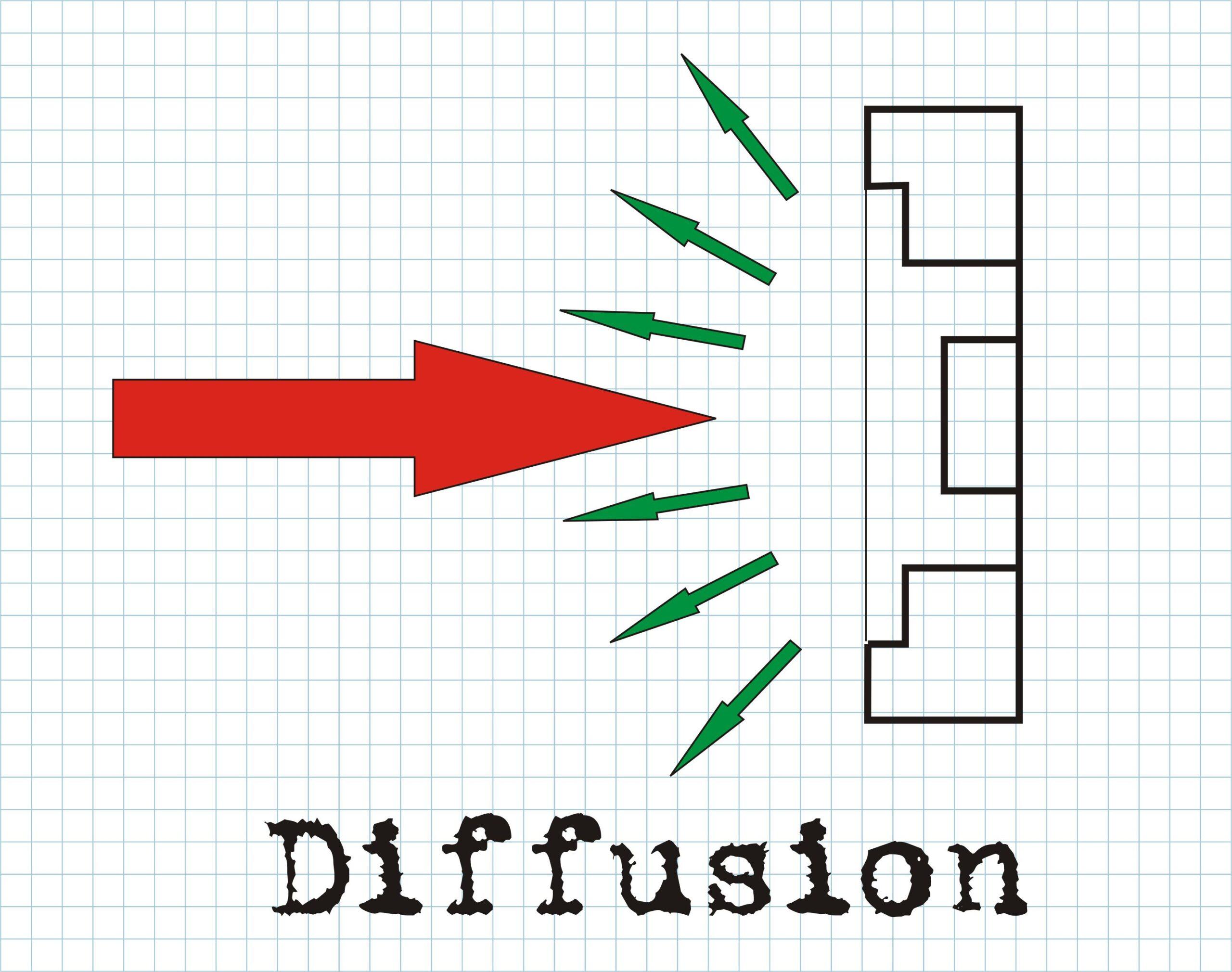
Diffusion in architecture means the even distribution of sound energy in a given environment. The perfect diffusion sound field is where the reverberation time is the same in all listening situations. Most interiors are not diffuse; the echo time varies significantly around the room.
Acoustic diffusers are used to treat echoes in rooms. They are great accessories for acoustic panels used to absorb sound, as they do not remove sound energy, but the diffusers radiate sound energy in many directions, creating a more even sound field. Diffusers propagate reflections in both time and space.
5., Sound absorption
Sound-absorbing materials are those materials that absorb sound energy in the air and do not allow it to pass through its structure, ie it is completely retained and not repelled. So they absorb the sounds.
The ideal sound-absorbing material does not reflect sound energy, meaning sound energy can easily enter and pass through the material. For this, the material must be porous, loose, and airy. A suitable sound-absorbing material is usually fibrous, dense, and has a granular structure. It is characterized by having many interconnected micro-holes. Thus, when a sound wave reaches the surface of porous materials, it causes air to vibrate in the pores. Due to frictional resistance, viscous resistance, and thermal conduction, a significant portion of sound energy is converted to thermal energy, which plays a role in sound absorption.
6., Sound insulation
During sound insulation, the material partially absorbs, partially reflects, transmits sound, and retains its structure.
Sound-insulating materials should not be as porous, loose, and airy as sound-absorbing materials to reduce the transmission of sound energy and prevent sound transmission. On the contrary: the material must be heavy, compact, and without pores.
7. Soundproofing
Soundproofing means that the material partially takes over the sound and transmits it through its structure. Soundproofing is usually required between two adjacent rooms.
8. Frequency
The pitch is determined by the frequency of the sound (that is, the rate of the sound vibration): a higher sound is detected at a higher frequency. The numeric value of the frequency specifies the number of vibrations per second. The unit of frequency is called hertz and is denoted by Hz.
9. Decibel
A decibel is a unit of measurement used in acoustics to measure sound levels relative to some 0 dB.
10. Noise types indoors
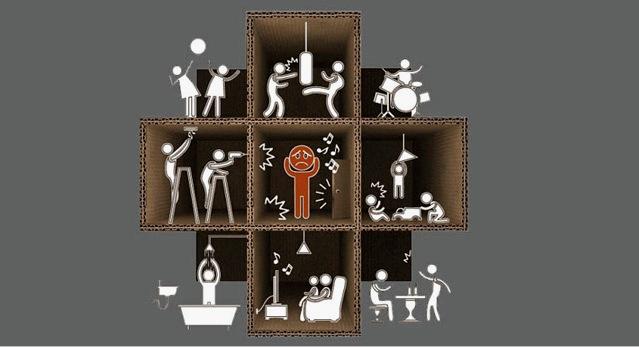
An airborne sound is a form of propagation in which, due to sound and air, the structure vibrates: human speech, music, and so on. This includes transfer to other rooms and reverberations (reflections) in the same room.
-
Grid diffuser133 € +Vat
-
Absorption panels with diffuser-Two in one62 € – 296 € +Vat
A knocking sound is generated when the source is a dynamic force that directly touches the structure: a dropped object, a push of a chair, the noise of steps, a machine, equipment, wall-mounted speakers, etc. mounted on the walls or floor. SzG

